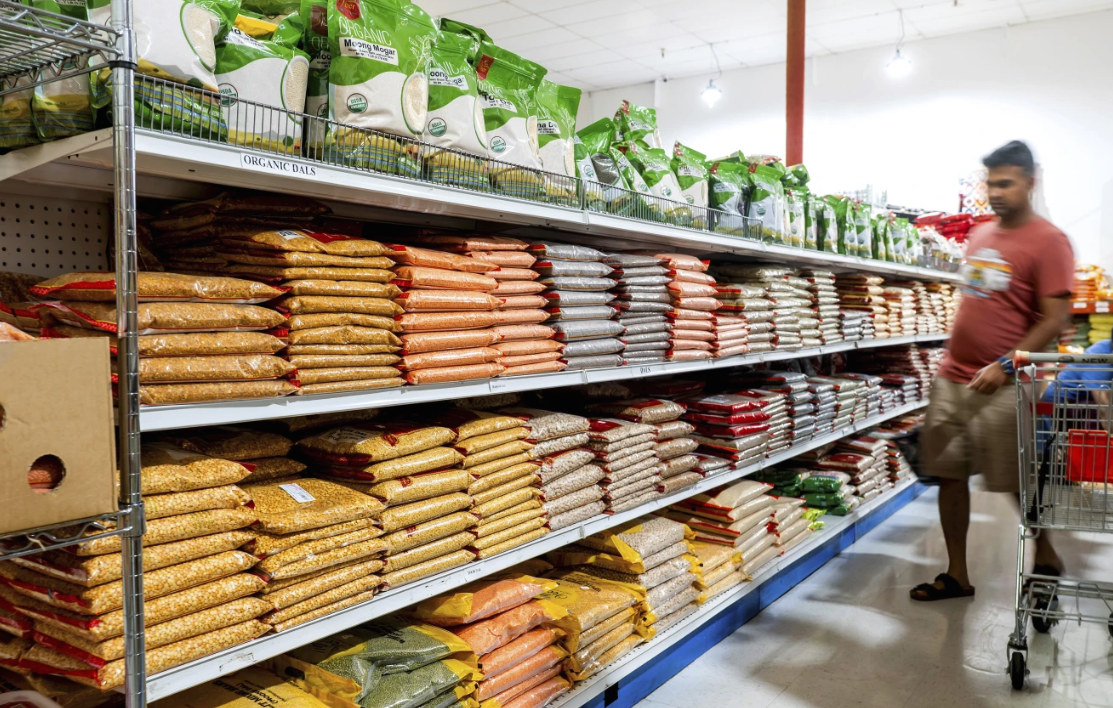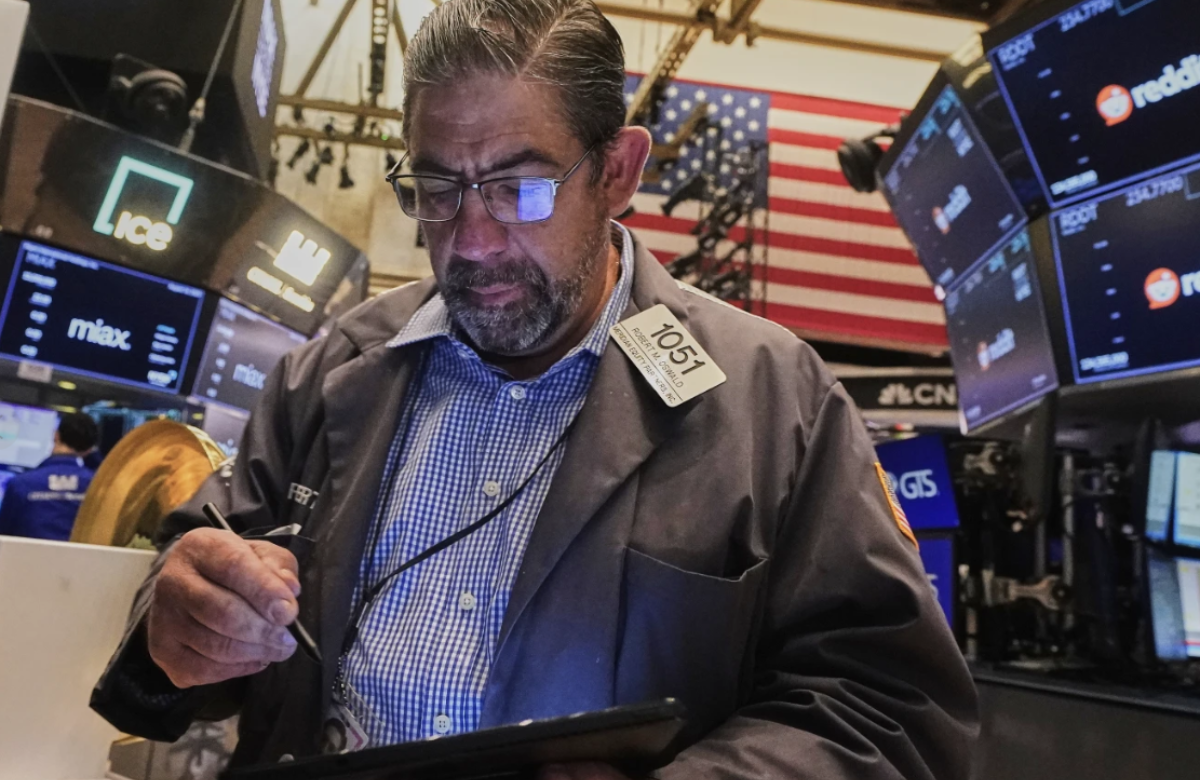A key U.S. inflation measure showed a slowdown last month, indicating that President Donald Trump’s tariffs have yet to cause a noticeable rise in prices. Despite higher incomes, American consumer spending slowed, possibly reflecting early caution over increased costs on some imported goods.
According to a Commerce Department report released Friday, consumer prices rose 2.1% in April compared to a year earlier, down from 2.3% in March and marking the lowest increase since September. Core prices, which exclude food and energy due to their volatility, increased 2.5% year-over-year, below March’s 2.7%, and the smallest rise in over four years. Economists closely watch core inflation as a better indicator of future trends.
These numbers suggest inflation continues to ease following a post-pandemic surge that peaked at a 40-year high in July 2022. While many economists and business leaders predicted prices would rise due to Trump’s tariffs, that outlook is now uncertain after a recent court ruling blocked many of those duties.
Monthly data showed that overall and core prices each rose a modest 0.1% from March to April. The cost of durable goods, such as appliances and vehicles, jumped 0.5%, possibly reflecting early tariff impacts. However, this was balanced by a slight 0.1% drop in prices for other goods like groceries. Service costs also inched up 0.1%.
Spending on durable goods fell in April, according to the report, even as overall consumer spending—covering services too—grew 0.2% from March, a slowdown from the 0.7% increase in March. This may indicate consumers are pulling back in response to rising prices, after rushing to buy some items in March before tariffs took effect.
Kathy Bostjancic, chief economist at Nationwide, noted that early buying ahead of tariff hikes will likely continue to reduce spending in coming months, especially as prices rise and the job market weakens. She expects inflation’s recent improvement to reverse later this year as companies start passing tariff costs onto consumers to protect profits.
Retailers have already started raising prices due to tariffs. Walmart announced earlier this month it will increase prices on many items in May and June. Best Buy’s CEO, Corie Barry, said the electronics chain is also raising prices, describing it as a “last resort.” E.l.f. Beauty, which sources most of its products from China, plans to increase prices by $1 per product starting in August.
Costco has raised prices on some products but absorbed tariff costs on key staples like pineapples and bananas to limit the impact on customers. However, prices for items like flowers from Central and South America have gone up, as the retailer believes customers can handle the increase.
At the same time, incomes before adjusting for inflation rose 0.8% in April. This boost largely came from increased Social Security benefits for certain retired federal workers, firefighters, and teachers whose incomes had not been fully counted previously.
The Federal Reserve, which monitors inflation closely, especially core prices, stated in its May meeting that inflation remains above its 2% target. Fed officials are generally inclined to keep interest rates steady while they assess the tariffs’ effects on inflation and employment.
A recent court ruling declared most of Trump’s tariffs unlawful, including those on imports from Canada, Mexico, China, and over 50 other countries. Tariffs on steel, aluminum, and automobiles, enacted under different laws, remain in place. The ruling allows the contested tariffs to stay active during the Trump administration’s appeal process. Officials have also suggested they might seek other legal methods to maintain these tariffs, making the future of these duties uncertain.














